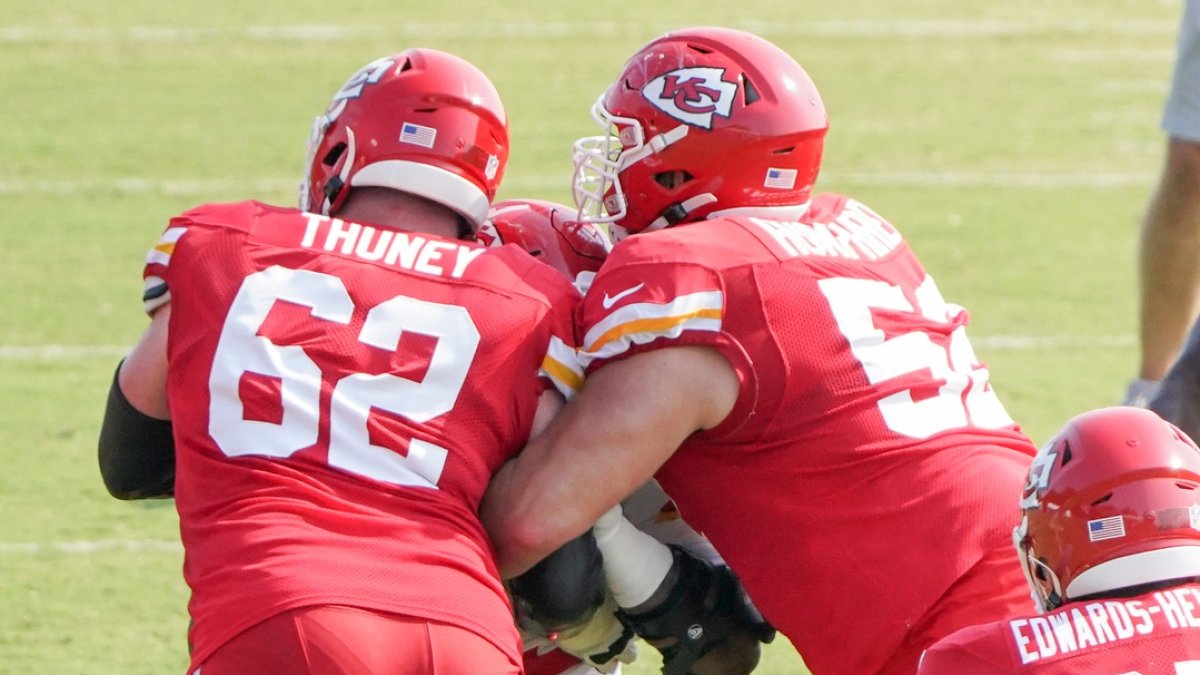It’s the first full week of September, which means football is in the air. Since it’s still early — with real NFL games still yet to be played — optimism is also prevalent for all 32 franchises. This is for good reason, as many playoff slots get turned over each and every fall. So, if a team like the Tampa Bay Buccaneers, which hadn’t won a playoff game in 18 years, can win a title, it stands to reason that with a little luck (and a quarterback like Tom Brady…) your favorite team can win one, too.
While we at PFF want to cultivate and grow said optimism, we also want to make our patrons more educated about the game. Here, we'll focus on the offensive line — but not from the perspective of talent or how well those players are coached. Instead, we'll focus on their continuity.
Continuity in the offensive trenches matters largely because the line is a weak-link system, going only as far as the worst player goes. As offensive linemen shift in and out of the lineup, it becomes increasingly likely that the worst player becomes even worse. This creates an outsized advantage defensively at the one area where they are the attacker.
So, using PFF's play-by-play data, let’s look at how different measures of continuity affect things we care about, such as preseason futures and point spreads.
Click here for more PFF tools:
Fantasy Draft Kit | PFF Betting Dashboard | PFF Fantasy Rankings
PFF Fantasy Projections | NFL Premium Stats | Win Totals Tracker
How Returning OL Continuity Affects the Futures Market
The most straightforward thing to look at is how the percentage of an offensive line carrying over from Year N – 1, Week 1 to Year N, Week 1 affects a team’s likelihood of winning the Super Bowl. For definitional sake, we say an offensive lineman carries over if he is playing the same position from one time period to the next. While this is a bit simplistic, approaching the problem this way is likely more robust due to injuries knocking out preferred starters midway through season N – 1.



 © 2024 PFF - all rights reserved.
© 2024 PFF - all rights reserved.